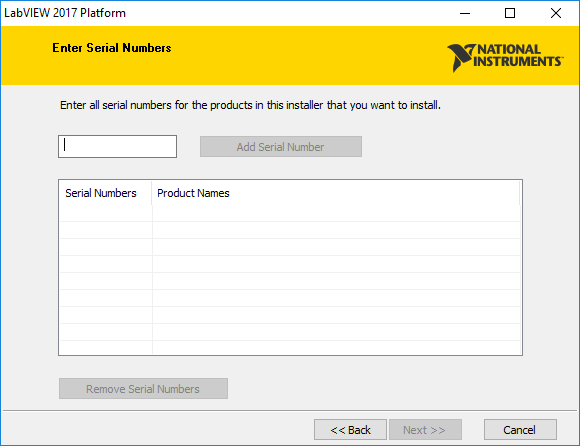

Once LabVIEW is installed, the Runtime Engine will be located at C:\\National Instruments\Shared\LabVIEW Runtime. If the LabVIEW Runtime version you need is older than what is available online or in NI Package Manager, contact NI Support. Note: If you are using other module or drivers in your code, you will also need to ensure the runtime versions of that software is also included.In the additional installer list, ensure that the LabVIEW Runtime Engine box is checked. After bundling an executable in the Source Files category, navigate to the Additional Installers category.In the project window, right-click Build Specifications and select New > Installer.exe into an installer which includes the Runtime Engine. exe, follow the steps below to bundle the. This is a good option if you are trying to transfer executable code to a new machine. After creating your. With the LabVIEW Professional Development System, use the Application Builder in a LabVIEW project to create an installer file.


This will start installing LabVIEW Runtime. Select the required Version and Bitness you need then click the Install button.Click on LabVIEW Runtime as highlighted below. This will bring up the screen shown below. Open NI Package Manager and search for LabVIEW Runtime in the search bar. If NI Package Manager is not installed on the computer, then it can be downloaded from here LabVIEW Runtime can also be downloaded from NI Package Manager.

This is useful if you are trying to move the installation media to a computer that does not have internet access. Note: You can download an offline installer from either of the Download pages above.


 0 kommentar(er)
0 kommentar(er)
